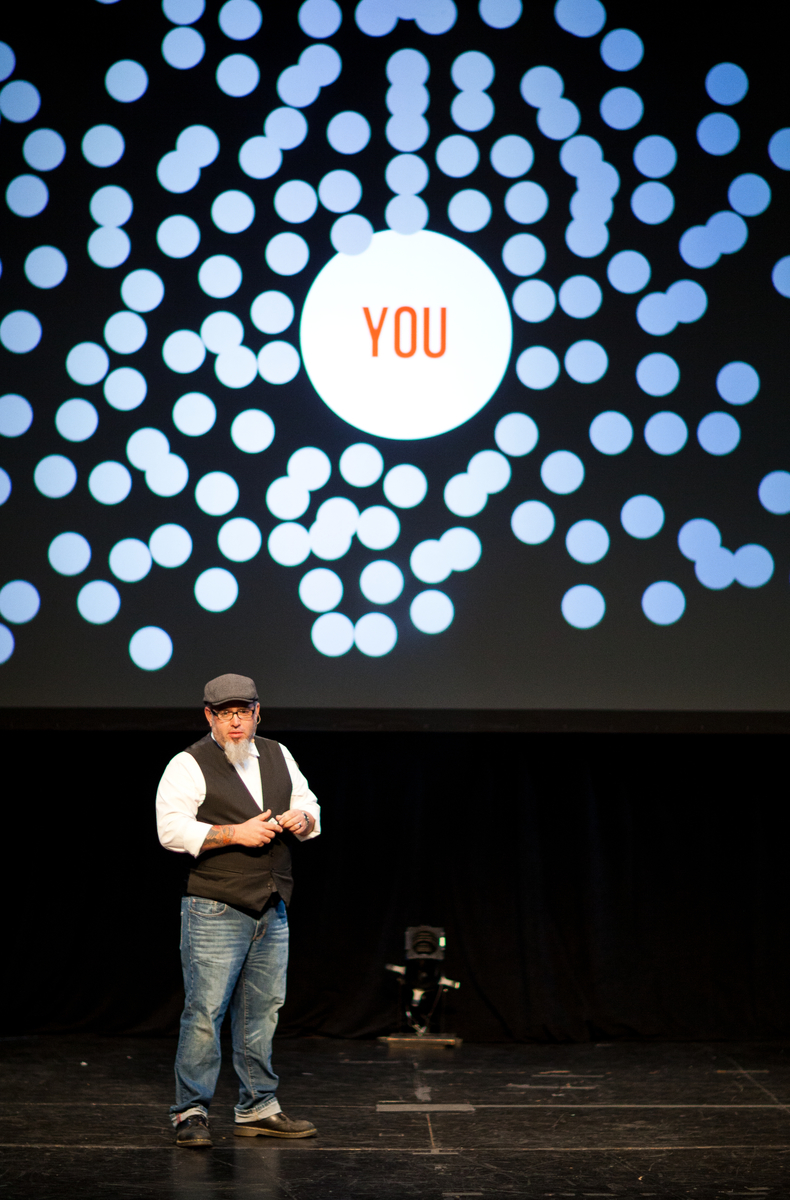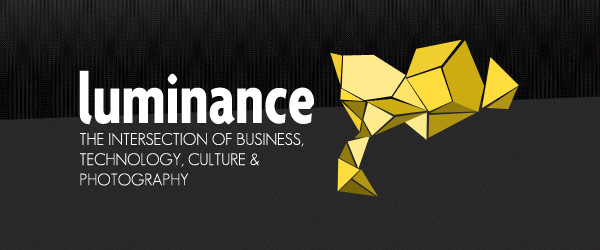
Scheduling note: Speakers Leila Boujnane and Chris Chabot were not able to speak during the first session. Zach Arias was added to the morning session and spoke on social media.
Andrew Fingerman, PhotoShelter CEO, opened the day thanking yesterday’s speakers for a generous and thought-provoking day. He also observed the overwhelming positivity at the conference from both the speakers and the attendees. It’s great to see the excitement about the future of photography and and it’s exciting to be a part of it, he said.
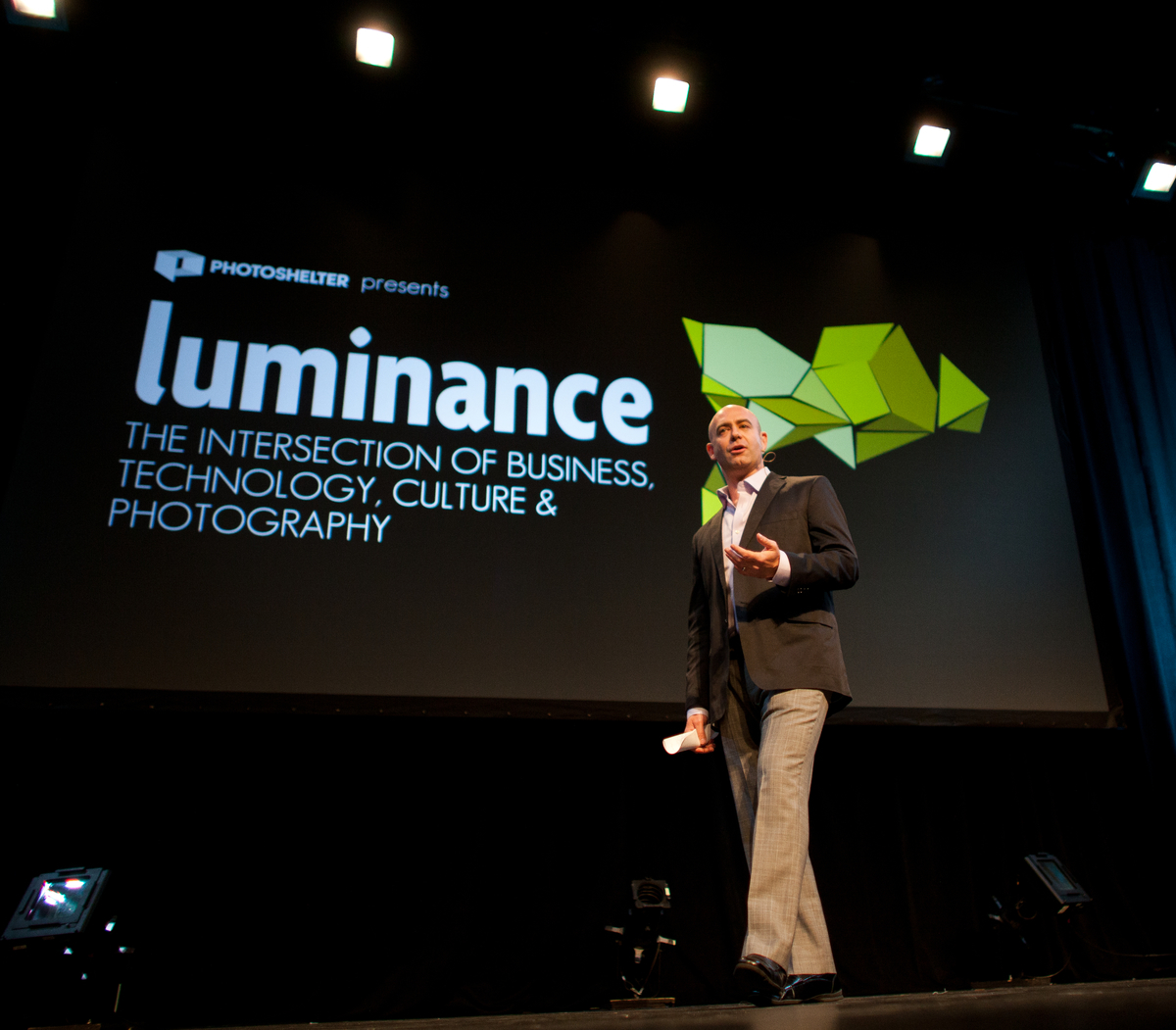
Eric Cheng, director of photography at Lytro was the first speaker of the morning. He spoke about light field photography, which differs from traditional photography in that it captures the directional information of light entering a camera.
Light field photography takes 3D images that can be refocused after they are taken and are fully interactive. The images open and can be manipulated on desktops and smart phones and are sharable on Facebook, Twitter, and other social networks.
Lytro officially opened in 2011 and released its first consumer camera early in 2012. The camera’s resolution is measured in megarays—-the number of light rays captured by the light field sensor–rather than megapixels. The consumer camera they have released is 11 megarays, which translates to about one megapixel if flattened into 2D. Cheng says he knows this is low resolution for today’s camera standards, but reminds the audience that light field photography is in its infancy. He is excited about what the future holds and encourages a rich third-party ecosystem around this new technology.
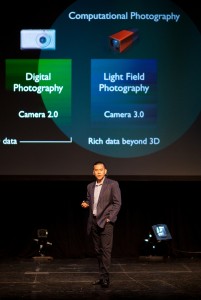
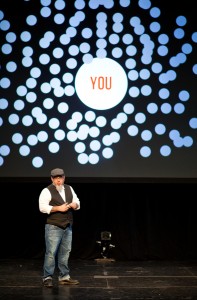
Portrait photographer Zack Arias then spoke about social media and photography. Much of Arias’s philosophy comes from learning the hard way. After buying equipment he couldn’t afford and creating a lot of spin in an effort to become a photographer, he ended up divorced, a single father, in debt, working at Kinkos taking passport photos. Two years after he lost everything in 2001, a friend asked him to shoot a wedding with him, and it changed everything. Holding a camera and shooting again reawakened something in him and he decided to pick up photography for a second time with a different attitude: he would only buy the cameras he could afford and start being honest about his work.
His change in attitude toward photography translates directly into his attitude toward social media. He describes the average attitude toward building social media networks as “me-centric,” growing like a cancer or an attack from all sides. He prefers to look at the growth of social networks as the growth of a seedling into a tree, being fed by a personal story. He says no to think about the numbers, but think about the “social” in social media. Sit down, interact, be honest. Make it an organic process that is fed by your story, he says.
Check out the full list of speakers and agenda on the Luminance website. See highlights and photos from each session of the conference on our blog.

